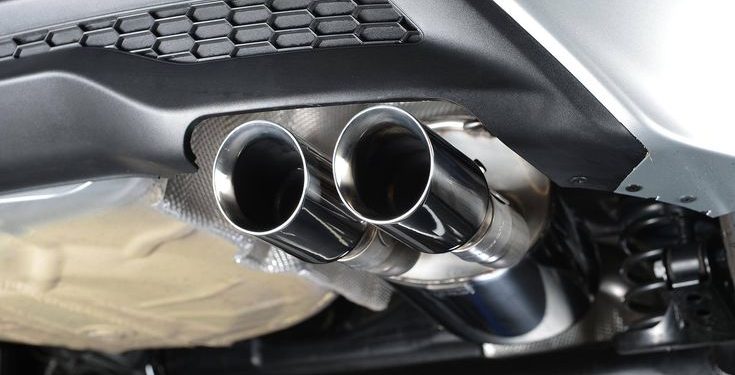Jakarta, Indonesia Sentinel — A team of researchers has developed a way to transform vehicle exhaust heat into electrical energy. This breakthrough could pave the way for more energy-efficient and eco-friendly vehicles.
A recent study published in ACS Applied Materials & Interfaces introduces a thermoelectric generator (TEG) system capable of converting waste heat from vehicle exhaust into usable power. Led by researchers Wenjie Li and Bed Poudel, the innovation could help reduce fuel consumption and lower carbon emissions, marking a significant step toward sustainable transportation.
The thermoelectric generators operate by exploiting temperature differences to generate electricity. When one side of a semiconductor material is heated while the other remains cooler, an electric current is produced.
While the concept is not new, previous TEG designs have been bulky, complex, and required additional cooling systems, making large-scale adoption impractical.
This new breakthrough, however, overcomes many of those limitations. The researchers developed a compact system that efficiently converts the heat from high-speed vehicles such as cars, helicopters, and drones, into electricity without the need for extra cooling mechanisms.
A More Efficient Design
The core of this new thermoelectric generator is a semiconductor material made from bismuth telluride, a well-established compound known for its thermoelectric properties. The system also includes heat exchangers, similar to those found in air conditioners, to extract heat from vehicle exhaust pipes. A heatsink is incorporated to enhance the temperature gradient, further increasing power generation efficiency.
According to Live Science, the prototype produced 40 watts of electricity during testing, an amount enough to power a standard lightbulb. More notably, airflow conditions in vehicle exhaust systems amplified the generator’s efficiency, meaning that the faster the vehicle moves, the more electricity it generates.
Simulations demonstrated that at speeds comparable to highway driving, the system could generate 56 watts of power. At speeds equivalent to a helicopter in flight, electricity output surged to 146 watts.
Practical Applications
Crucially, the system is designed for seamless integration into existing exhaust outlets without requiring extra cooling infrastructure. This means that retrofitting vehicles with the technology could be a practical and cost-effective way to improve energy efficiency.
“These results highlight the potential for integrating thermoelectric devices into practical applications,” the researchers wrote.
Read Also:
Meta Unveils ‘Mind Reading’ AI Technology, Capable to Converts Thoughts into Text
As the world pushes for greener mobility solutions, innovations like thermoelectric generators could play a crucial role in reducing reliance on fossil fuels. By capturing and repurposing waste heat, these systems not only enhance energy efficiency but also contribute to lowering emissions—key factors in the transition toward sustainable transportation.
While still in the early stages, the implications of this technology are far-reaching. Future advancements could lead to even more efficient designs capable of harnessing greater amounts of waste heat. Whether in commercial vehicles, aircraft, or industrial settings, the ability to convert lost energy into electricity marks a significant step toward a cleaner and more sustainable future.
(Raidi/Agung)

























